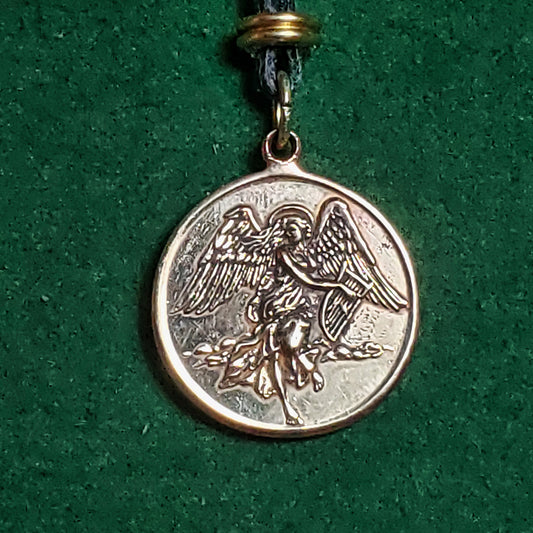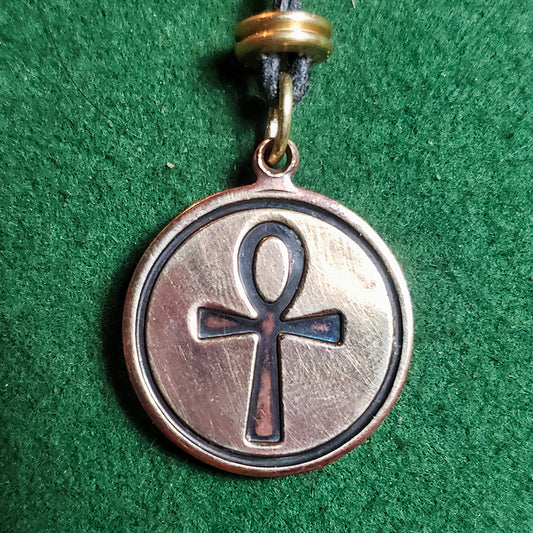Featured Design - Holy Grail
Robert Clark
Share
Chalice / Holy Grail
In Christian mythology, the Holy Grail was the cup Jesus drank at the Last Supper, and it was said to have the power to heal all wounds. The Grail (Graal) was a magic vessel that could heal and renew youth. Its mythological roots connected it to earlier Pagan fertility myths and their related talismans, along with the concept of a symbiotic union between the king and the land. From this perspective, like the Cauldron of Cerridwen, the Celtic Goddess, it is a womb/chalice symbol related to the death/birth powers of the great Goddess and Her blood.
The legend was that the Grail was brought to Britain by Joseph of Arimathea, a disciple of Christ, when he traveled to the British Isles. In the Arthurian tales, several knights sought to find the lost Grail. Some tell of knights who succeeded, like Percivale or the virginal Galahad; others tell of knights who failed to find the mystic Grail because of flaws or impurities within them, like Lancelot. The fate of the Holy Grail was ultimately unknown, perhaps being withdrawn from the world because of its increasing corruption (and myth, logically speaking, with the continuing diminishment of the Goddess). Ownership of the Grail has been attributed to the Knights Templar, among other secret societies; other stories claim that the Grail is to be found deep in the spring at Glastonbury Tor, which ironically was once a spring sacred to the Celtic Goddess Bridgit, after whom the British Isles were named.
Chalice Well
The design on the wrought iron lid of the Chalice Well at Glastonbury is called "Vesica Piscis." The Chalice Well is the site of a very ancient, prehistoric sacred well; later, it was believed to be the hiding place of the Holy Grail. According to legend, this was also the Sacred Well of Avalon, home of the Priestesses of the Great Goddess of earlier pre-Christian times, sacred to Bridgit, in whose honor Great Britain was named.
The design is comprised of two overlapping circles which intersect to form the outline of a fish - an early Christian symbol - or, when side by side, the vulva shape associated with the Goddess. The Vesica Piscis is a fitting symbol in that land, and time, where worlds intersect, where an experience of the grace of the transcendent God and the Sacred mysteries of the embodied Goddess come together.







